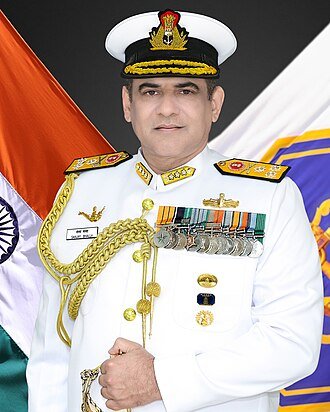




CLICK TO OPEN








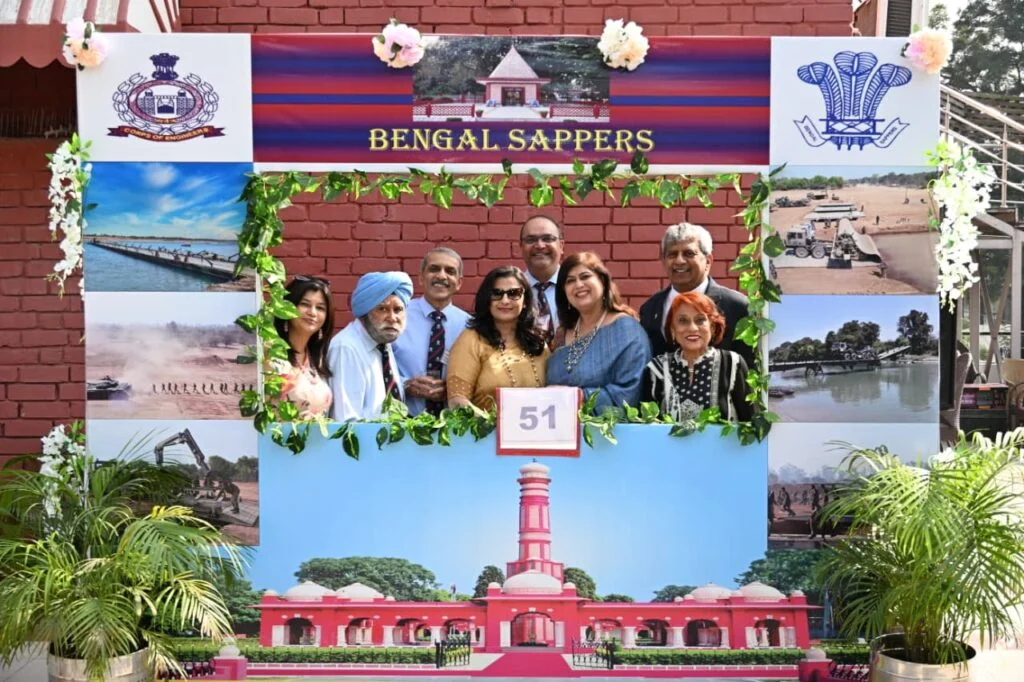
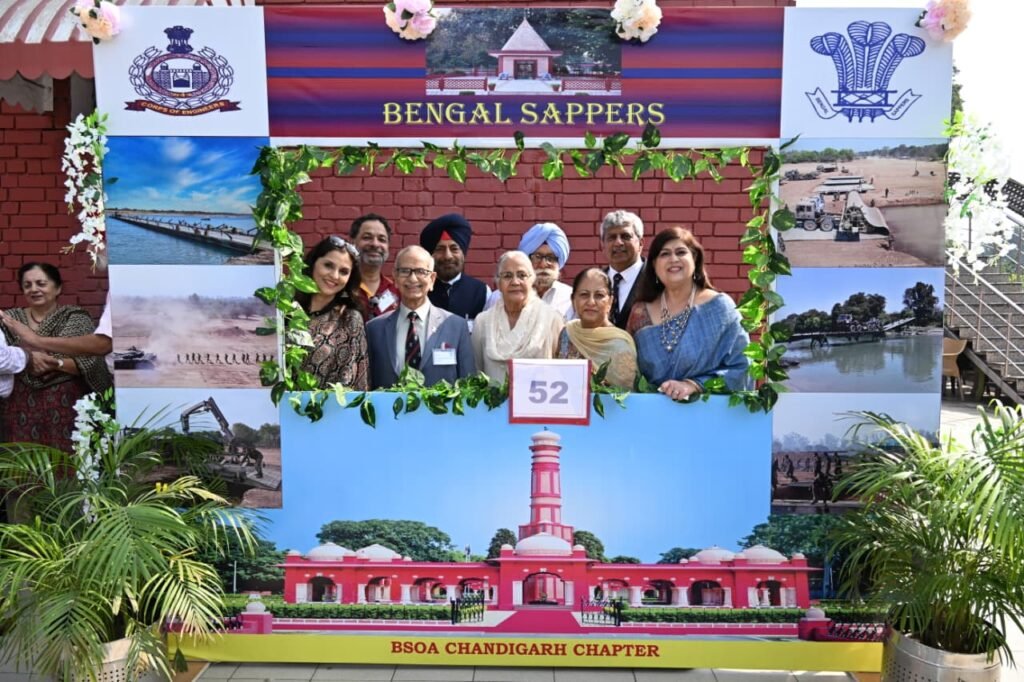
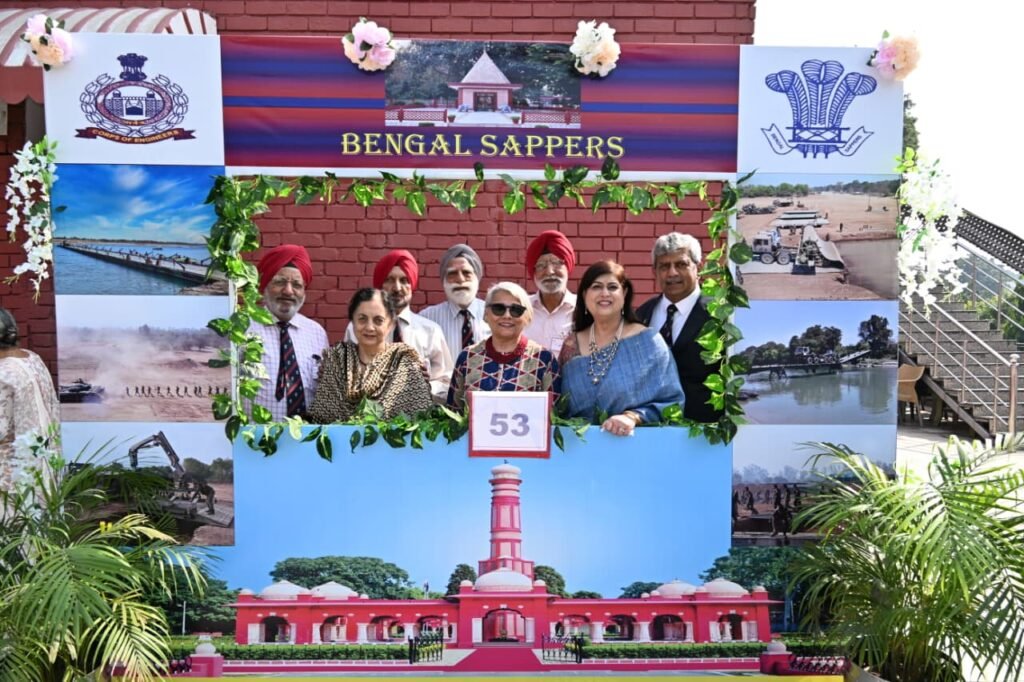
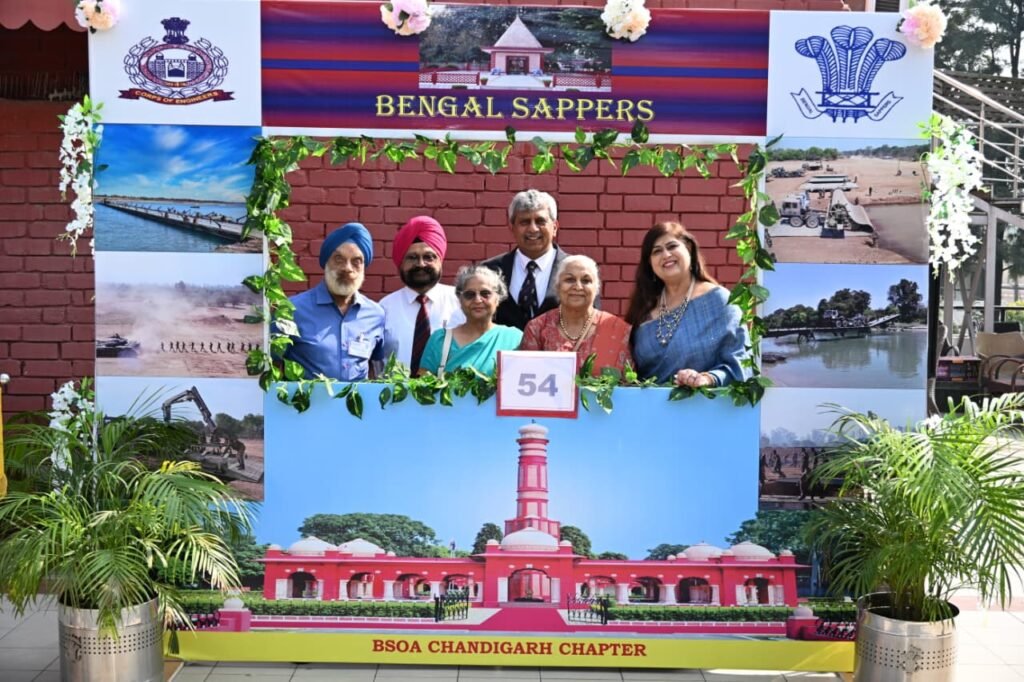
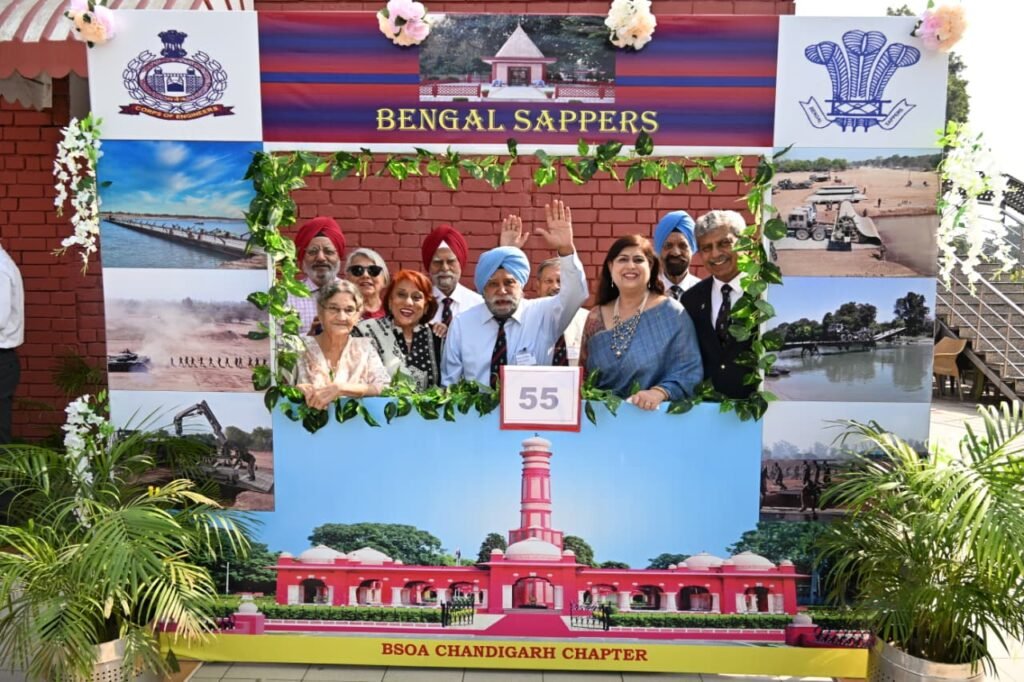
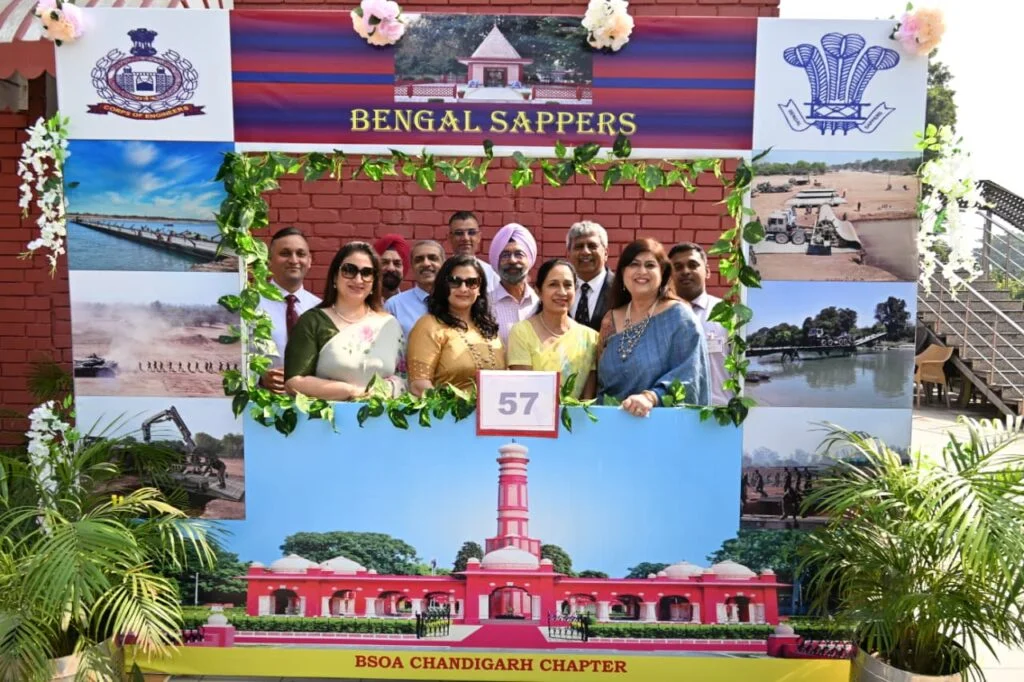
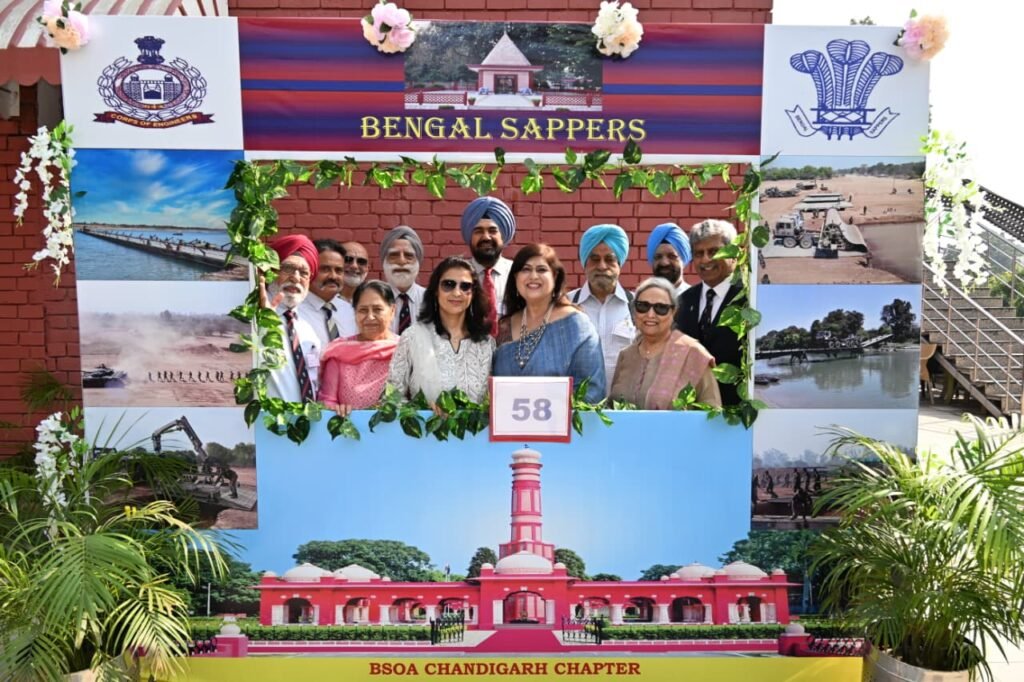
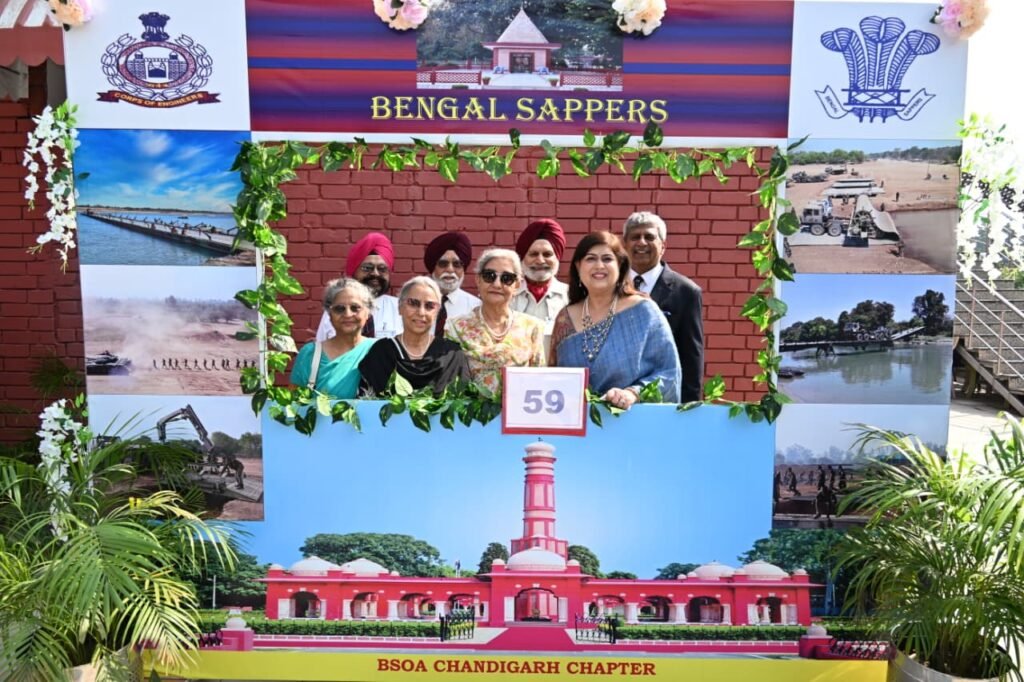
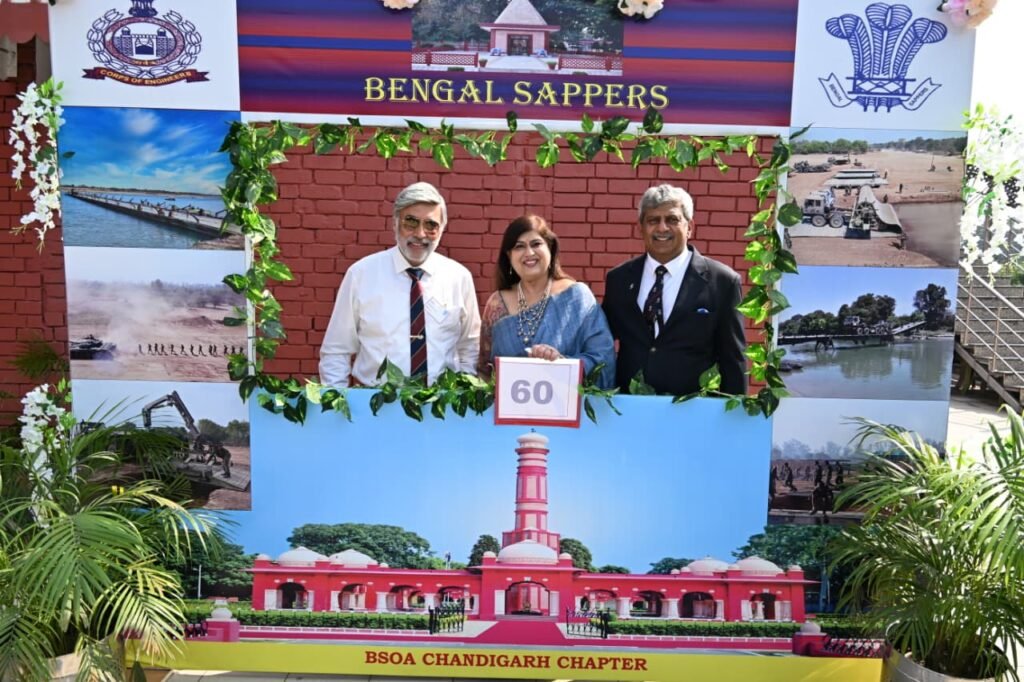
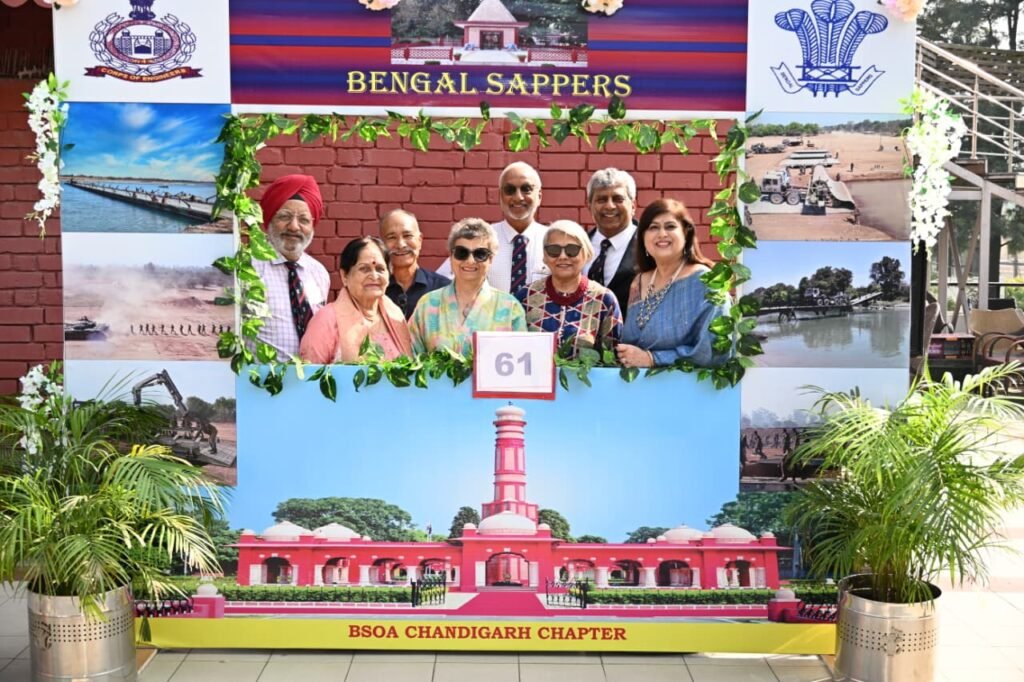
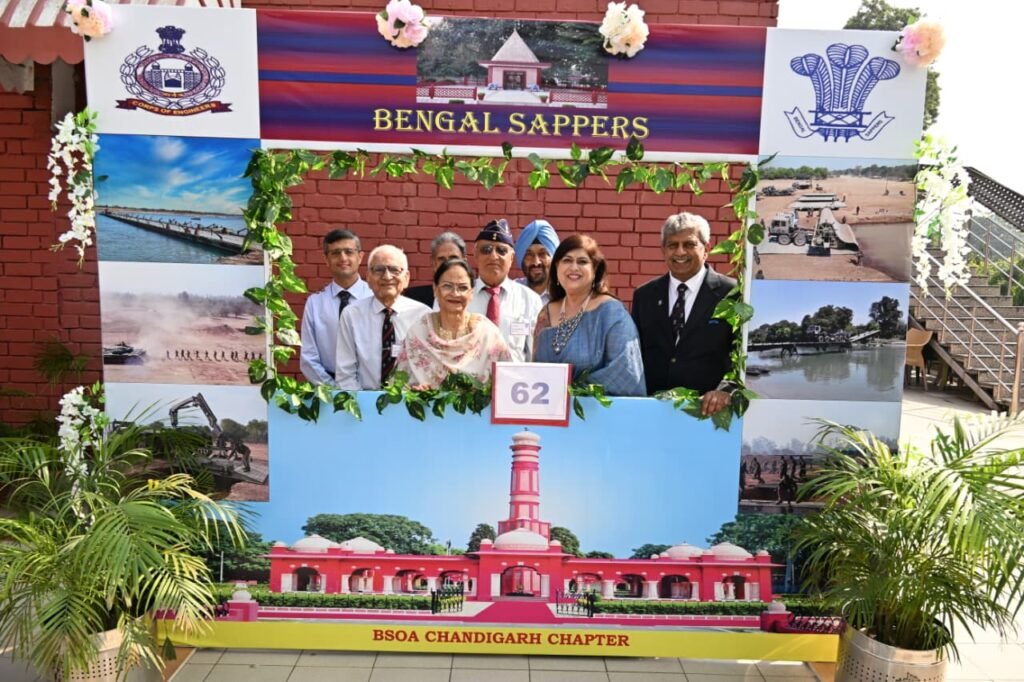
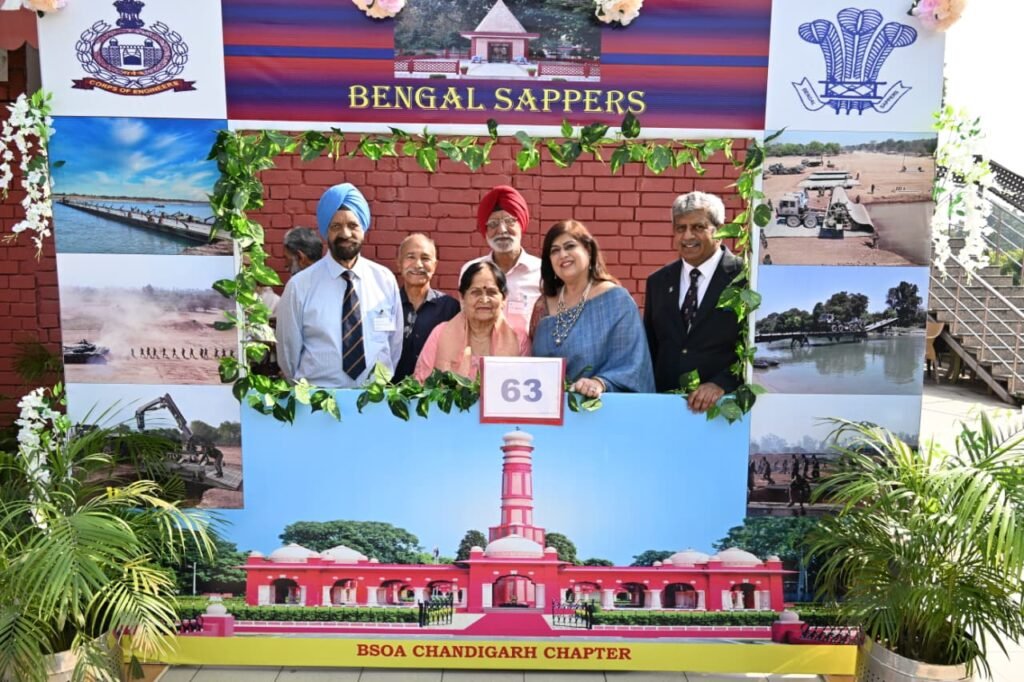
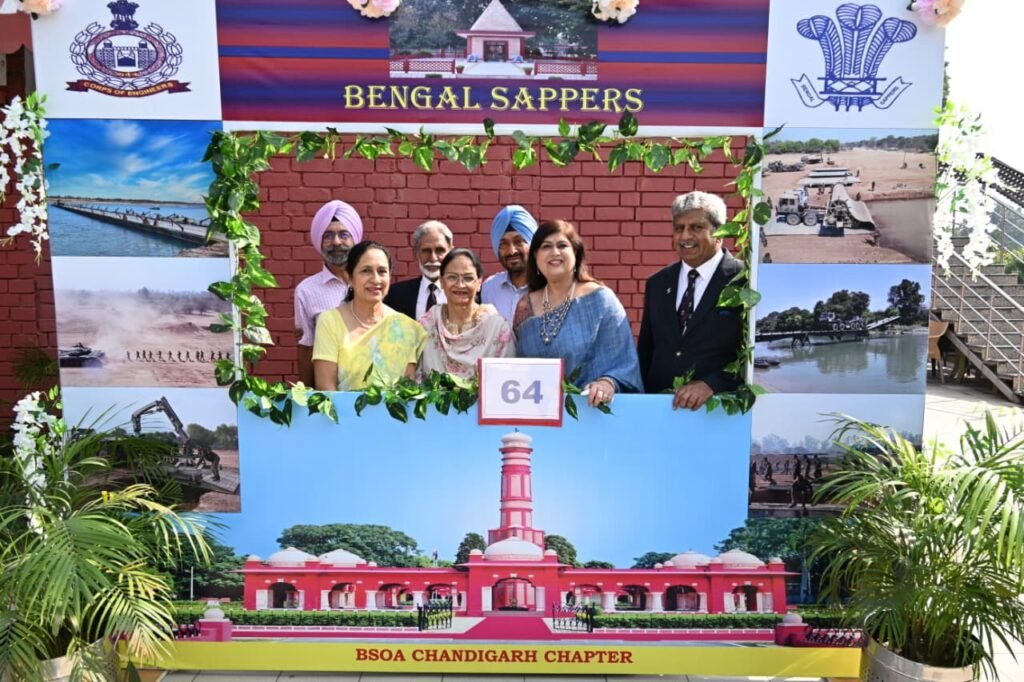
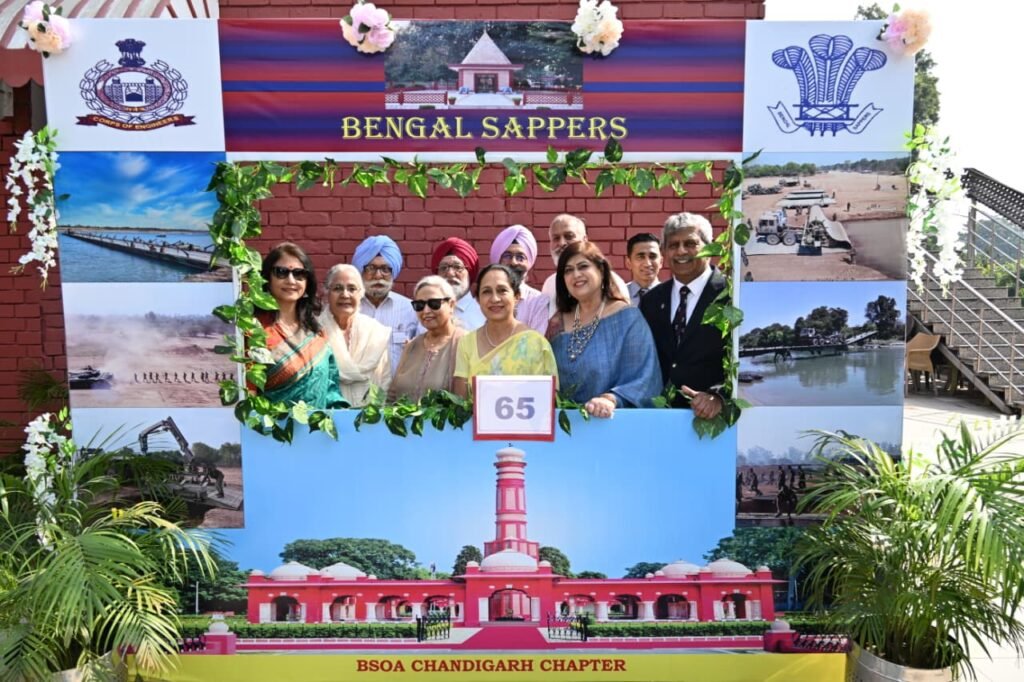
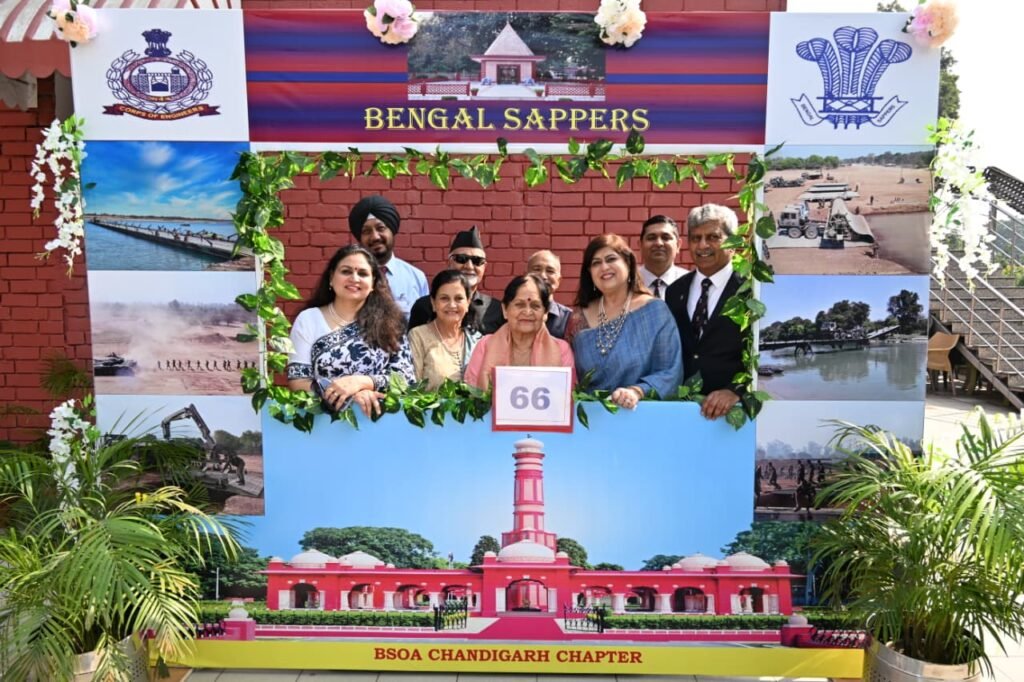
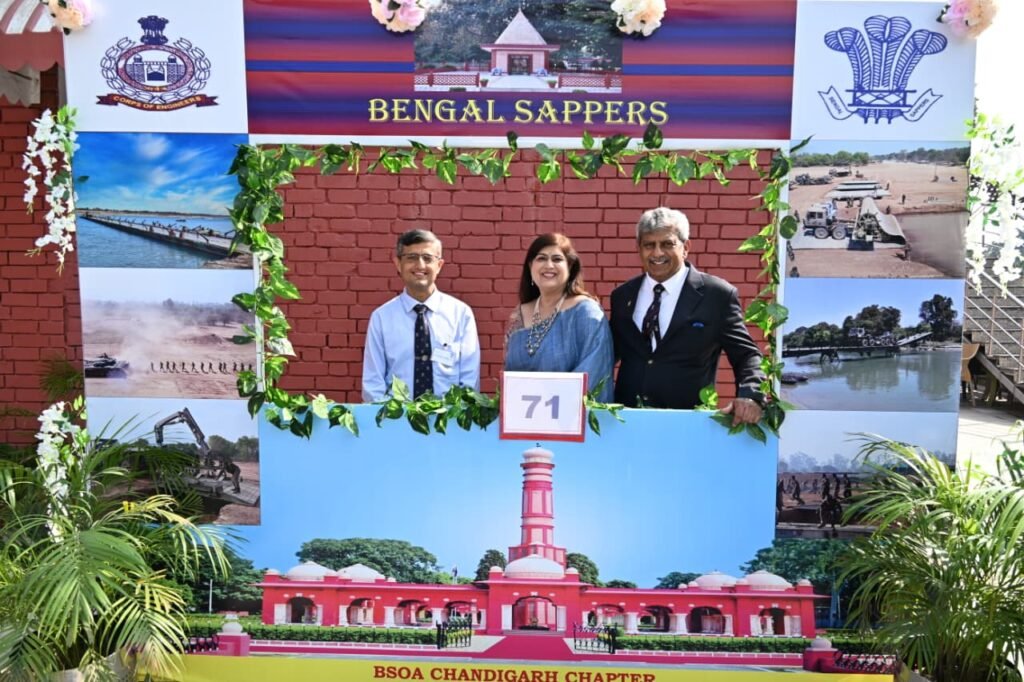
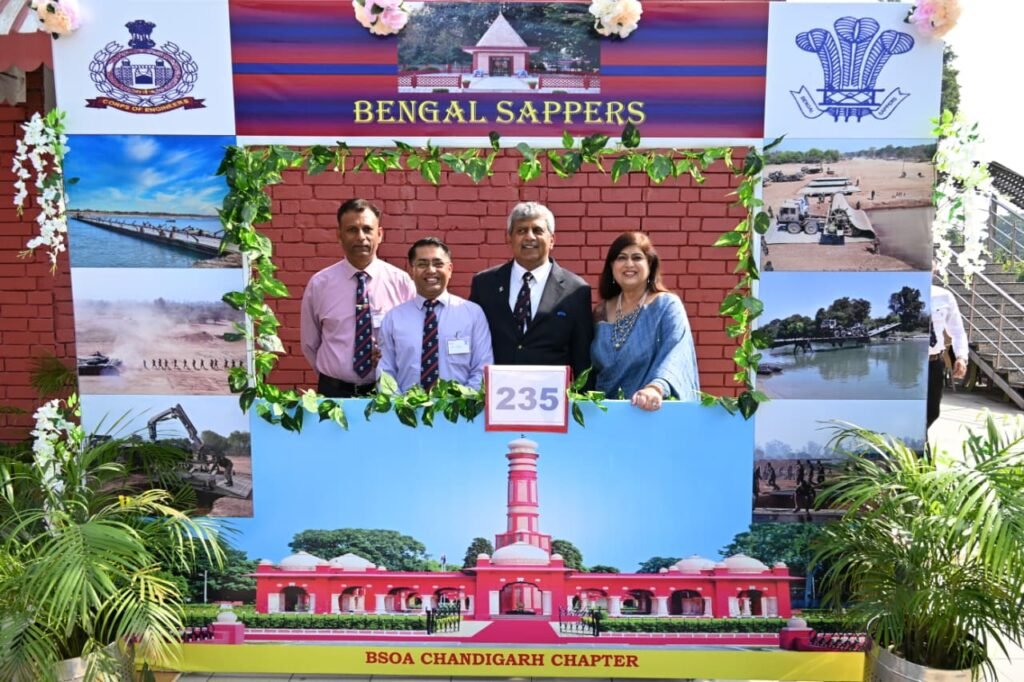
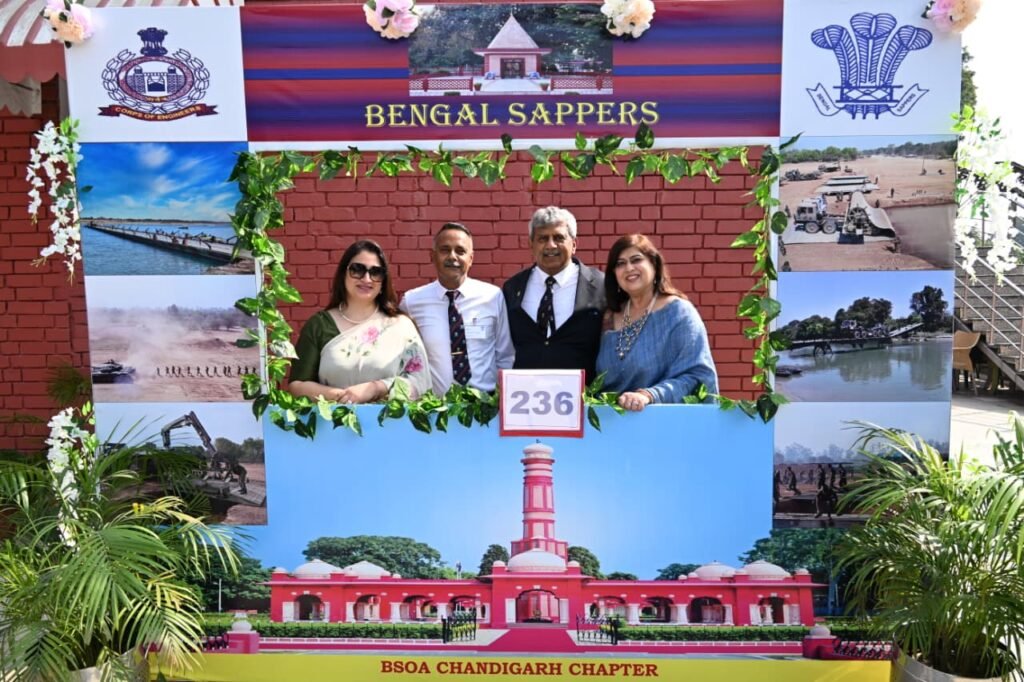
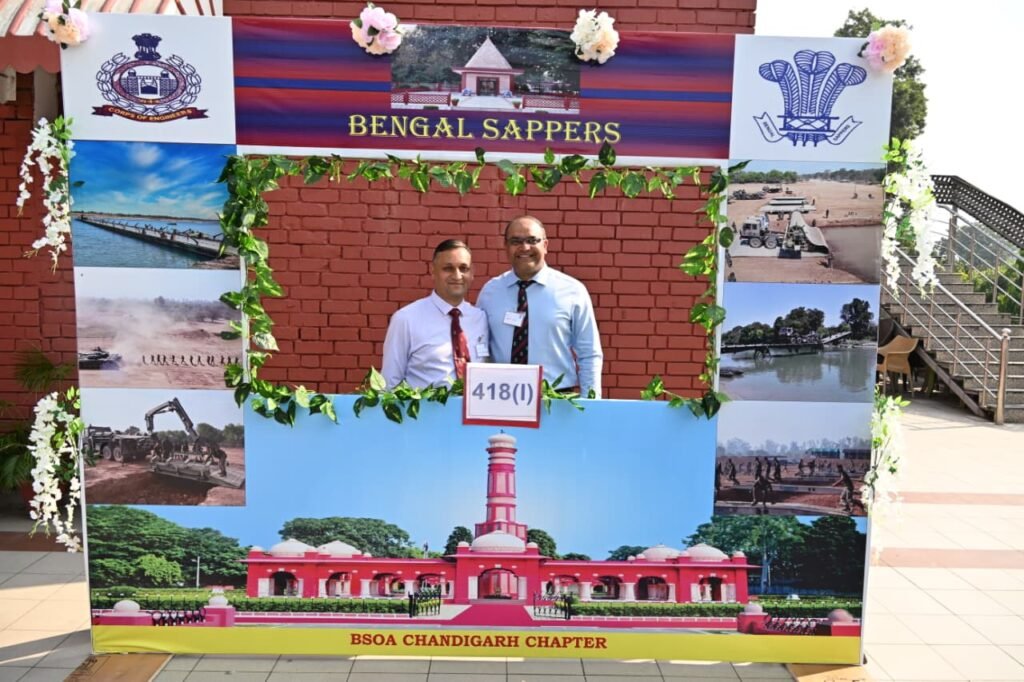
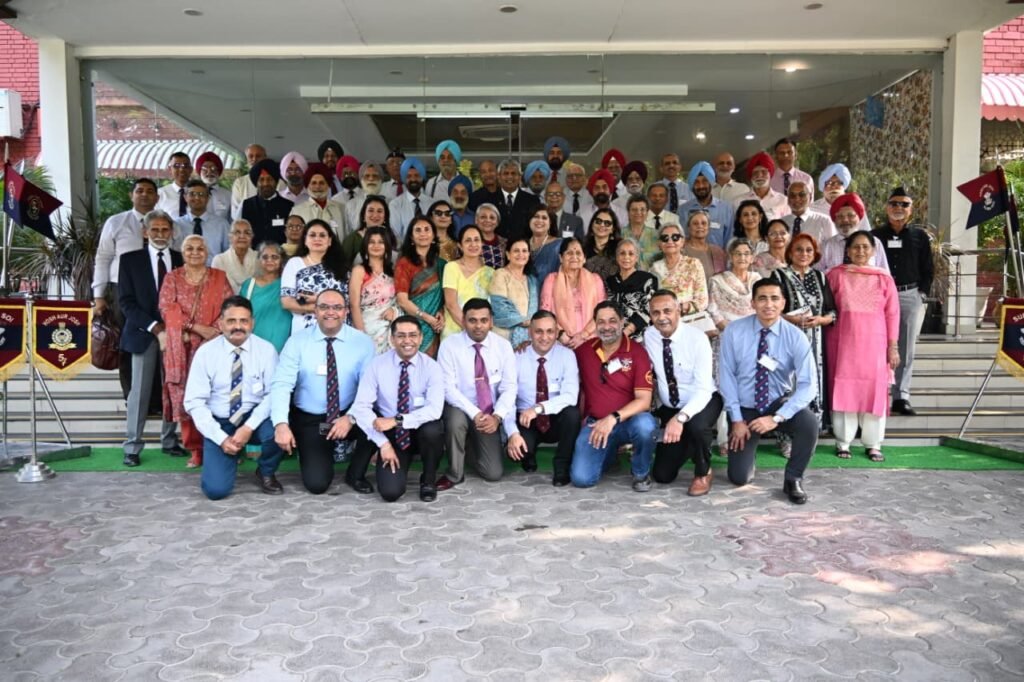
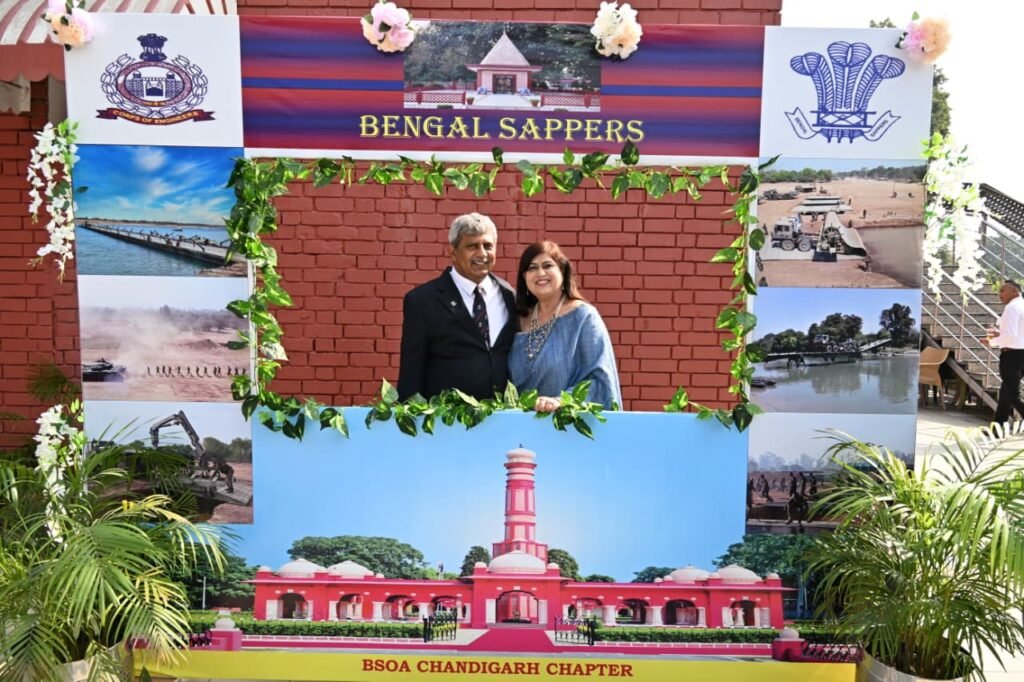
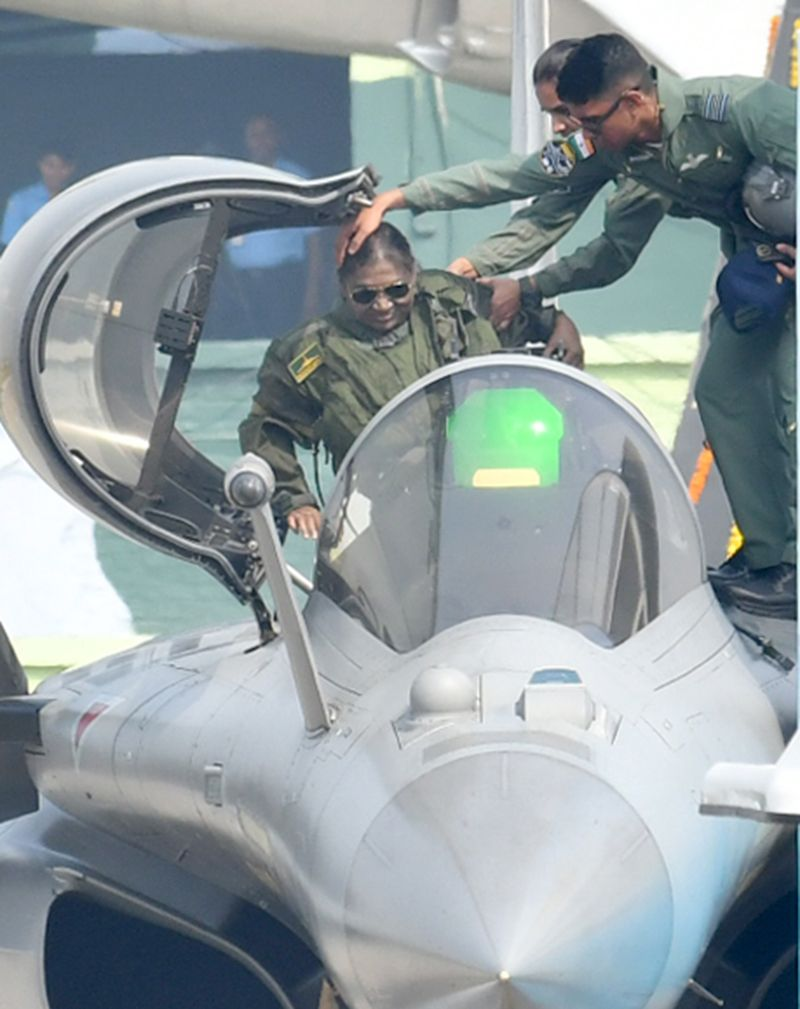
President Droupadi Murmu disembarks from the Rafale jet after completing her sortie at the Ambala airbase. Photo: Pardeep Tewari
AdvertisementIn her second sortie in a combat aircraft, President Droupadi Murmu flew in a Rafale fighter jet, which is also the IAF’s newest warplane. On a smoggy Wednesday morning, the plane took off from the Ambala airbase as Air Chief Marshal AP Singh, flew alongside her in a separate aircraft.
The 35-minute sortie — with the call sign Golden Arrow One and piloted by Group Captain Amit Gehani, Commanding Officer of No. 17 Squadron — covered about 200 km over parts of Haryana. The aircraft flew at an altitude of about 15,000 feet and at a speed of about 700 km per hour.
“The sortie on Rafale is an unforgettable experience for me. This first flight on the potent Rafale aircraft has instilled in me a renewed sense of pride in the nation’s defence capabilities. I congratulate the Indian Air Force and the entire team of Ambala Air Force Station for successfully organising this sortie,” said the President.
The aircraft carrying the IAF Chief had the call sign ‘Golden Arrow Two’. Both two-seater trainer variants were from No. 17 Squadron, the Golden Arrows, which was the first to induct the French-made Rafale jets in September 2020.
After the sortie, the President, who is the Supreme Commander of the Armed Forces, was also presented a memento by the Air Force Chief. The memento bore her photograph wearing flying overalls and a g-suit taken just before getting into the aircraft.
She also posed for a picture with Squadron Leader Shivangi Singh, who is posted with the same squadron. During Operation Sindoor, Pakistani social media handles had falsely claimed that Squadron Leader Shivangi Singh had been captured by the Pakistani forces.
In April 2023, the President had flown in a Su-30 fighter jet, belonging to No. 106 Squadron from the Tezpur Air Force Station in Assam for approximately 30 minutes over the Brahmaputra and the Tezpur valley.
Murmu is the third President and the second woman President, to fly in an IAF combat jet and the first president to fly in two different types of fighter aircraft. Dr APJ Abdul Kalam had flown in a Su-30 from Pune in June 2006, while Pratibha Patil had flown in the same aircraft from the same airbase in November 2009.
In November 2023, Prime Minister Narendra Modi had flown in an indigenous Tejas fighter jet from Bengaluru, becoming the first Prime Minister to fly in a fighter aircraft. Several other political leaders, including the present and past defence ministers have also undertaken sorties in fighter aircraft.
In 2003, the then Defence Minister George Fernandes had flown from the Ambala airbase in a two-seater MiG-21, which were finally decommissioned in September 2025 after serving for 62 years, in an effort aimed at restoring faith in the Soviet-origin jets after a spate of crashes.
The IAF has two squadrons of Rafale, the other, No. 101 Squadron, being based at Hasimara in the North-East.
The IAF is also in the process of procuring additional Rafale aircraft to make up for its depleting squadron strength. These aircraft, along with other platforms, were used in Operation Sindoor to carry out precision strikes on Pakistani sites.
A corner in the Ambala Air Force Station’s museum is dedicated to this operation, where pictures and some general details have been put up.
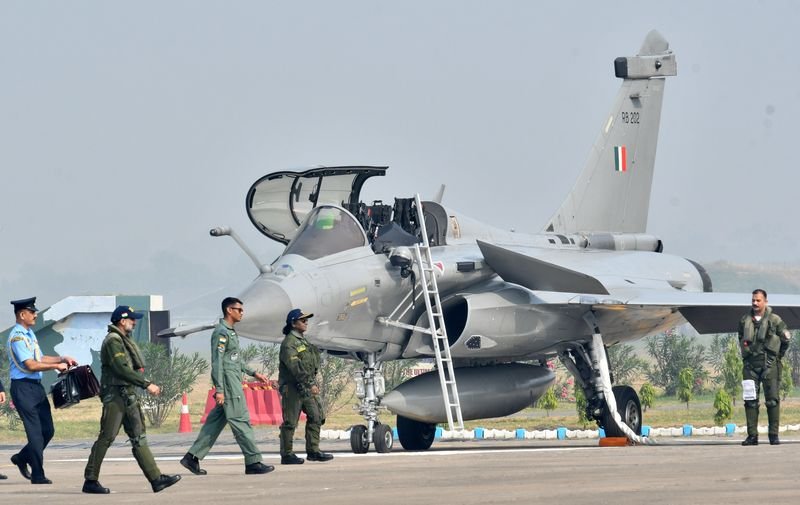
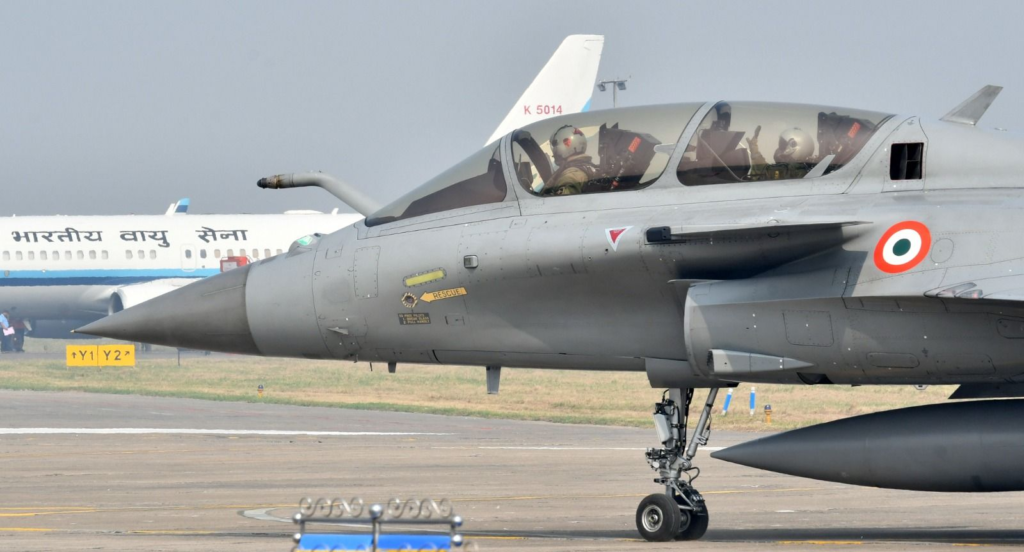
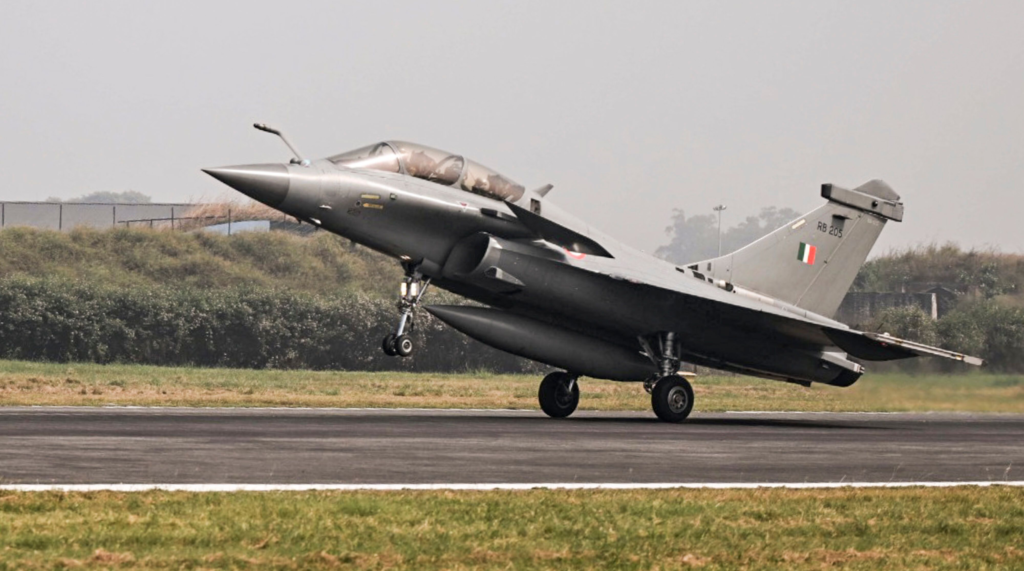
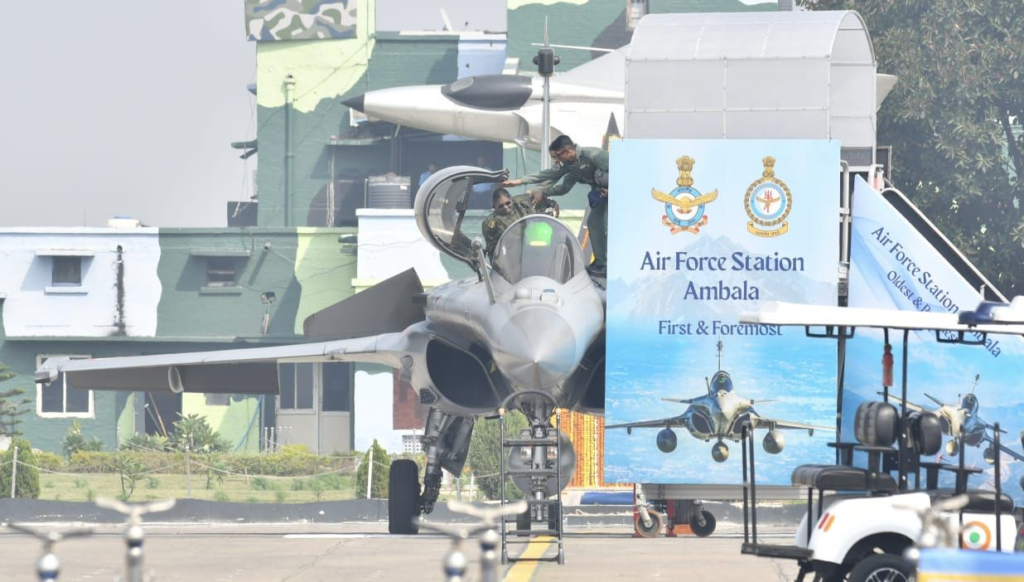
In this image received on Oct. 29, 2025, President Droupadi Murmu takes a sortie in Rafale fighter jet, at Air Force Station in Haryanas Ambala. (Rashtrapati Bhavan via PTI Photo)
n her second sortie in a combat aircraft, the President of India, Droupadi Murmu, flew in a Rafale fighter from the Air Force Station, Ambala on Wednesday.
Chief of the Air Staff, Air Chief Marshal AP Singh, flew alongside her in a separate aircraft.
The 40-minute sortie, with the call sign Golden Arrow One and piloted by Group Captain Amit Gehani, Commanding Officer of No.17 Squadron, was over parts of Haryana within the designated local flying area of the airbase, the oldest in India. The aircraft flew at a height of about 15,000 feet above sea level and at a speed of about 700 km per hour.
“The sortie on Rafale is an unforgettable experience for me. This first flight on the potent Rafale aircraft has instilled in me a renewed sense of pride in the nation’s defence capabilities. I congratulate the Indian Air Force and the entire team of Air Force Station, Ambala, for organising this sortie successfully,” the President remarked.
After the sortie, the President was presented a memento by the Air Chief which had a picture of her in flying overall and a G-suit just before getting into the aircraft.
She also posed for a picture beside the aircraft with Squadron Leader Shivangi Singh, whom Pakistani social media handles had falsely claimed was captured during Operation Sindoor.
The aircraft carrying the Chief had the call sign ‘Golden Arrow Two’. Both the two-seater trainer variants were from No. 17 Squadron, the Golden Arrows, which was the first to induct the French-made Rafales in September 2020.
The President, who is also the Supreme Commander of the Armed Forces, arrived at the airbase from New Delhi this morning and was accorded a ceremonial guard of honour. She was accompanied by her family members.
President Droupadi Murmu before taking the sortie in Rafale fighter jet, at Air Force Station in Ambala. (@PresidentOfIndia via PTI Photo)
In April 2023, she had flown in a Su-30 fighter belonging to No. 106 Squadron from the Tezpur Air Force Station in Assam for approximately 30 minutes over the Brahmaputra and Tezpur valley.
Murmu is the third President, and second woman President, to fly in an IAF combat jet. Dr APJ. Abdul Kalam had flown in a Su-30 from Pune in June 2006, while Pratibha Patil had also flown in a Su-30 from Pune in November 2009.
In November 2023, Prime Minister Narendra Modi had flown in an indigenous Tejas fighter from Bengaluru, becoming the first Prime Minister to fly in a fighter.
Several other political leaders, including the present and past defence ministers have also undertaken sorties in fighter aircraft.
In 2003, the then Defence Minister George Fernandes had flown from the Ambala air-base in a two-seater MiG-21, which were finally decommissioned in September 2025 after serving for 62 years, in an effort aimed at restoring faith in the Soviet-origin jets after a spate of crashes.
The IAF has two squadrons of Rafale, the other, No. 101 Squadron being based at Hasimara in the northeast. The IAF is in the process of procuring additional Rafale aircraft.
These aircraft, along with other platforms, were used in Operation Sindoor to carry out precision strikes on Pakistani sites.
A corner in the Ambala Air Force Station’s museum is dedicated to this operation, where pictures and some general details have been put up.
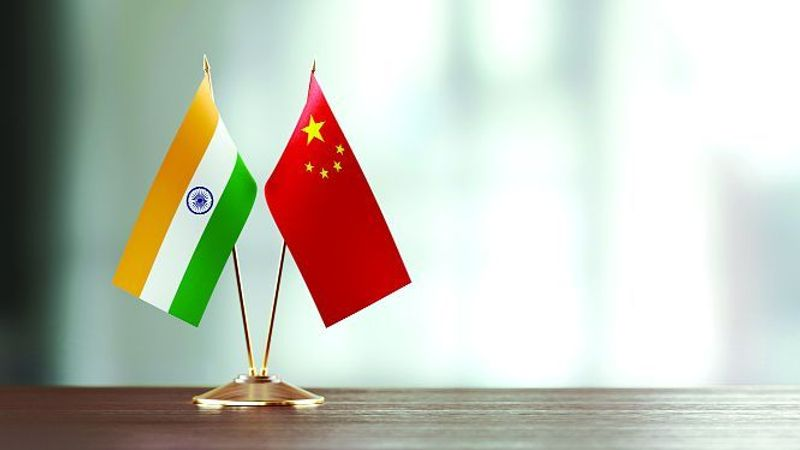
India and China military commanders last week held their first meeting in a year in eastern Ladakh, aiming to restore normalcy along the Line of Actual Control (LAC) to the pre-April 2020 status, the Ministry of External Affairs said on Wednesday.
“The 23rd round of India-China Corps Commander-level talks was held at Chushul-Moldo border meeting point along the LAC on October 25,” the MEA said. The talks were held in a “friendly and cordial atmosphere”, it said.
This was the first meeting of the military-level interaction in Ladakh since the 24th round of Special Representatives (SR) talks was held in New Delhi on August 19, 2025, between National Security Adviser Ajit Doval and Chinese Foreign Minister Wang Yi—the two designated SRs. Following the meeting, the SRs announced a multi-point programme that crucially laid down “delimitation”—or the formal defining of the boundary—as a key objective.
The previous Corps Commander-level talks were held in October 2024, around the same time both two sides announced a patrolling arrangement at Demchok and Depsang in eastern Ladakh. “The commanders shared the view that peace and tranquility has been maintained in the border areas… Both sides agreed to continue using the existing mechanisms to resolve any ground issues along the border to maintain stability,” the MEA said.
The two armies had been locked in a military standoff since April 2020 and witnessed a deadly clash at Galwan in June 2020.
The patrolling arrangement announced in October 2024 led to “disengagement” of troops and India has since been stressing on taking the next two steps of the “three-Ds” approach. The first ‘D’ meant disengagement, which was completed in October last year. It entailed pulling back armed troops from an eyeball-to-eyeball deployment. The following two ‘Ds’—de-escalation and de-induction—are being negotiated.
In October last year, Prime Minister Narendra Modi and Chinese President Xi Jinping had met in Kazan (Russia) and had tasked the SRs with overseeing steps to ensure peace and tranquility in border areas. They were asked to work out a “fair, reasonable and mutually acceptable” solution to the pending boundary issue.
The SRs have been tasked to resolve the boundary question—the two countries don’t have an earmarked border, leading to claims and counter-claims and hence, the disputes.
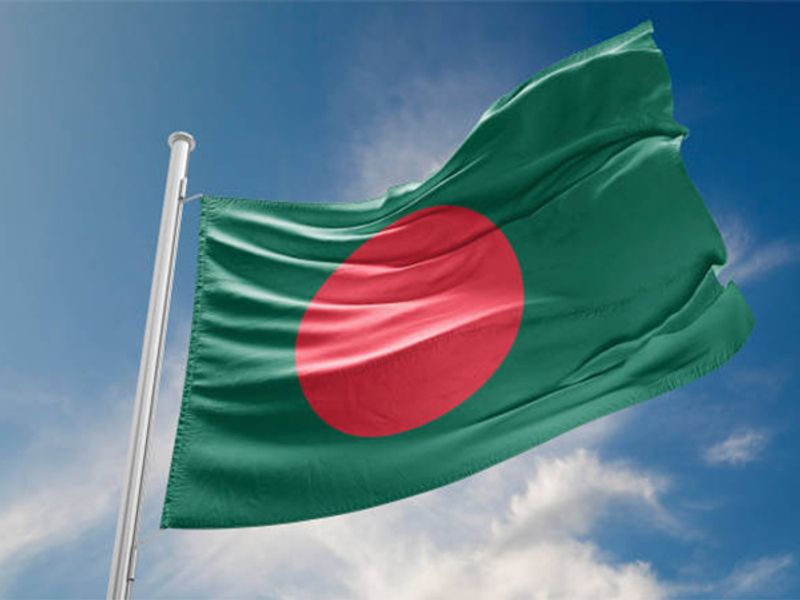
The Assam government has instructed the authorities concerned to probe into alleged singing of Bangladesh’s national anthem at a meeting of Congress Seva Dal in Sribhumi district, officials said on Wednesday.
A senior official of the district administration said they have “received oral instructions from Fishery Minister Krishnendu Paul to enquire into the matter and are looking into the issue now”.
During the Congress Seva Dal meeting on Tuesday at the Indira Bhavan, the party’s district office in Sribhumi town, its leaders began the proceedings after singing two lines of the Bangladeshi national anthem ‘Amar Sonar Bangla’, written by Nobel laureate poet Rabindranath Tagore, who also wrote Indian’s national anthem.
After the video of the meeting surfaced on social media, Paul alleged, “The Congress gave birth to Pakistan, and Bangladesh was a part of that country. The national anthem of Bangladesh was sung by the Congress to show their love for the neighbouring country.” He also said instructions were “issued to the district commissioner to take legal action after confirming the truth of the incident”.
Reacting to the controversy, Sribhumi district Congress president Tapas Purkayastha said, “Don’t indulge in politics with Rabindranath Tagore. Our pride, 85-year-old poet Vidhu Bhushan Das, sang only two lines of the song. Criticising this song means insulting Rabindranath Tagore.”
Assam Congress president Gaurav Gogoi also criticised the BJP and said the ruling party is creating “unnecessary controversy” as it has no other issue to divert people’s attention.
Meanwhile, Assam Chief Minister Himanta Biswa Sarma on Wednesday said he has instructed the police to register a case of treason against Congress leaders of Sribhumi district for singing the national anthem of Bangladesh at a party meeting.
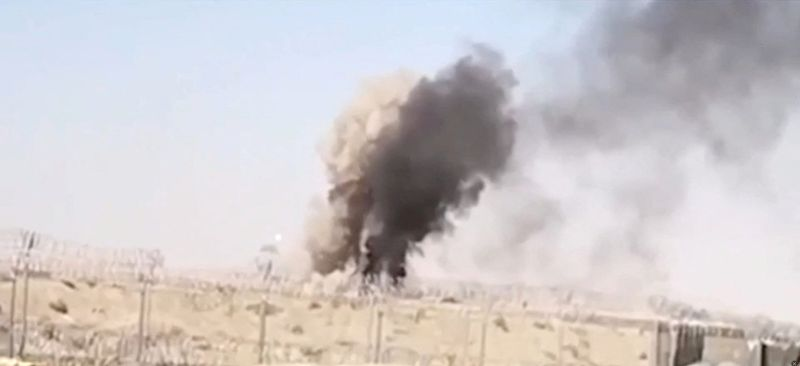
Smoke rises after a reported Pakistani drone strike on an Afghan Taliban border post in Spin Boldak, Afghanistan, on October 15. Reuters Photo
Peace talks between Pakistan and Afghanistan have failed in Istanbul after four days of negotiations, Pakistan’s information minister said before dawn Wednesday, accusing the Taliban government in Kabul of refusing to act against militants blamed for deadly cross-border attacks.
The talks followed an earlier round in Doha that produced a ceasefire on October 19 after deadly border clashes between the two sides left dozens dead, including soldiers, civilians and militants.
Pakistan accuses the Taliban of harboring militants linked to a surge in attacks, while Kabul denies its territory is being used against Pakistan.Advertisement
Before dawn on Wednesday, Pakistan’s Information Minister Attaullah Tarar took to social media platform X, saying the dialogue “failed to bring about any workable solution,” despite mediation by Qatar and Turkey.
There was no immediate comment from Kabul about Tarar’s remarks.
The latest development came hours after the state media in both countries said there was an impasse in the talks, with the state media from the both sides blaming each other for the failure to reach a deal.
Tarar said Pakistan at the request of brotherly countries Qatar and Turkey gave peace a chance and engaged with the Afghan Taliban government first in Doha and then in Istanbul.
He accused the Taliban of being “indifferent to Pakistan’s losses” even though “Pakistan has always desired, advocated and immensely sacrificed for peace and prosperity for the people of Afghanistan.” Tarar said Pakistan is thankful to Qatar and Turkey for facilitating this dialogue, which was part of a broader diplomatic push to ease months of heightened tension between Islamabad and Kabul over cross-border attacks and militant safe havens — issues that have strained relations since the Taliban’s return to power in Afghanistan four years ago.
He said that “since the Taliban regime bears no responsibility towards the people of Afghanistan and thrives on war economy, it desires to drag and mire the Afghan people into a needless war.” Tarar said “Pakistan’s patience has run its course,” and warned that Islamabad would “continue to take all possible measures necessary to protect our people from the menace of terrorism.”
Earlier, on Tuesday, three Pakistani security officials who had direct knowledge of the negotiations told The Associated Press that there was a deadlock in the talks in Istanbul over the reluctance of Kabul in accepting demands about assurances that Afghan soil not be used against Pakistan.
The officials spoke on condition of anonymity because they were not authorised to speak to the media. They said the host country was trying to end the deadlock so that the final round of the talks could resume as soon as possible.
According to the Pakistani officials, the Taliban delegation was “not fully willing” to accept Pakistan’s proposals and continued to seek guidance from Kabul before making decisions.
Afghanistan-controlled media RTA made similar accusations against the Pakistani side, saying Kabul “made every effort to hold constructive talks,” but that the “Pakistani side does not seem to have this intention.”
As the latest round of the talks was underway in Turkey, US President Donald Trump on Sunday pledged to help resolve the crisis between the two neighbours very quickly.
The recent fighting prompted Qatar to host the initial round of talks, which produced a ceasefire that both sides say is still holding despite the stalemate in Istanbul.
Islamabad-based security analyst Syed Mohammad Ali on Tuesday said Afghanistan’s strategy at the talks was to slow the diplomatic process and shift focus to other bilateral issues. He noted Afghanistan’s “reluctance to give clear, unambiguous and internationally verifiable commitment to act against Afghanistan-based Pakistani Taliban and other militants.”
Pakistan has seen a surge in militant attacks in recent years, mostly blamed on the Pakistani Taliban, or Tehrik-e-Taliban Pakistan, a group closely allied to the Taliban in Afghanistan. Islamabad says the group is being sheltered in Afghanistan since the Taliban seized power in 2021.
Authorities in Pakistan have said the country’s military earlier this month targeted hideouts of the TTP in Afghanistan. It triggered deadly clashes between the two countries until Qatar brokered the ceasefire.
All border crossings between the two sides have remained shut for more than two weeks, with trucks carrying goods stranded pending the reopening of key trade routes.
Pakistan-Afghanistan peace talks fail to bring ‘any workable solution’

Based on the inputs of intelligence agencies, a police team under the leadership of SSP, Kapurthala, Gaurav Toora, has arrested an employee working as Safai Sewak at the Kapurthala Army Cantonment on allegations of espionage for a foreign country.
The accused, identified as Raja, resident of Mushakved in Kapurthala district, was taken into custody near Y-Point, Kanjali, during a routine patrol and checking operation, officials said.
Raja was employed as a private sanitary worker inside the Army Cantonment on a contractual basis. During his arrest, the police searched his mobile phone and allegedly found evidence of communication with contacts in Pakistan. Investigating officers claim that the accused had been sending photographs of restricted Army areas and sharing sensitive information related to military establishments.
The SSP stated that there were indications that the accused was receiving money from Pakistani handlers in exchange for the information. Officials described the matter as a serious breach of national security, claiming that the information transmitted could compromise the security, integrity, and operational confidentiality of defence installations.
Following the initial findings, an FIR has been registered. Raja has been booked under Sections 3, 4 and 5 of the Official Secrets Act, 1923, along with Section 152 of the BNS. The accused has been taken into custody and further investigation is underway to determine the extent of the information shared and to identify any possible associates.
Cops are reportedly examining digital communication records, financial transactions and other evidence to establish the scope of the suspected espionage activity. Police sources said that central security agencies also join the probe, considering the sensitivity of the case.
























